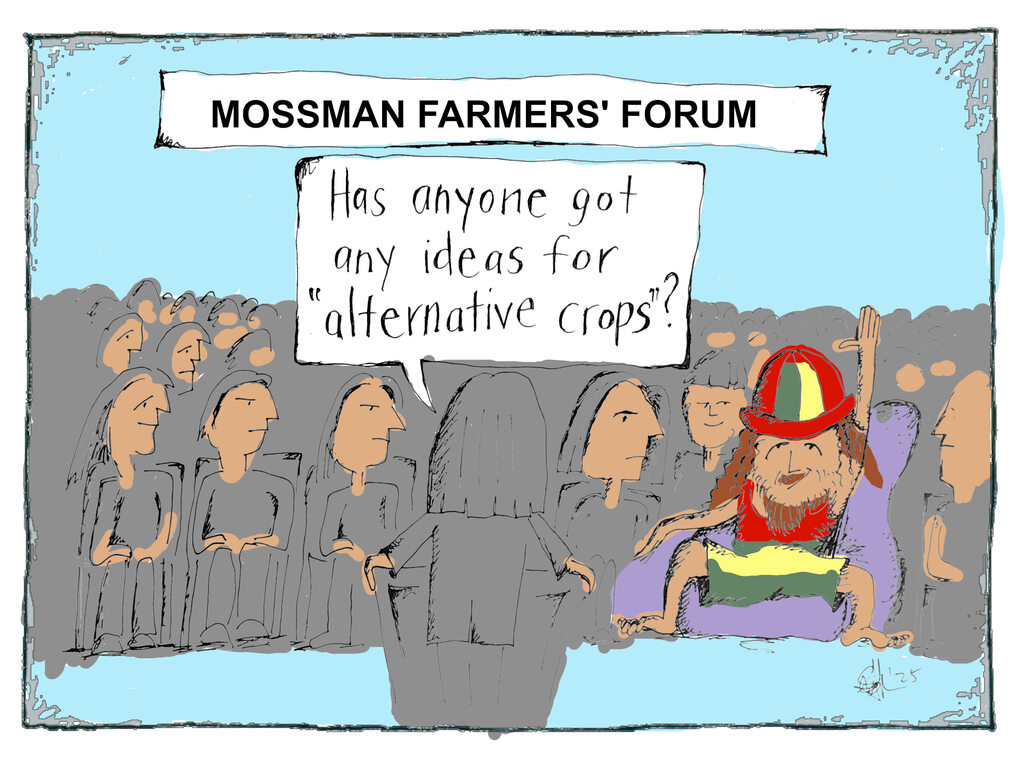
HOW WE SEE IT! A change of pace and place for our growers
With Bryan Littlely and Shaun Hollis

Cane harvest preparations, for what is almost certainly the last local harvest, are well advanced and while it will be a much smaller showing by comparison to the glory days when Mossman Mill was in its prime, the considerations for what comes next are just as big.
The buzz words of recent seasons have been “alternative crops” and, thankfully, there is some progress on some of those options. It does, though, put a stack of pressure on our producers who are trying to make the most of what has been their way of life, and for many the staple of generations, one last time.
They carry on the “romance” of producing sugar for one last time while weighing up their future and whether they can transition their own farms and enter a new era that is hoped to keep the Douglas Shire farming well into the future. That is a lot of pressure.
It is not the kind of pressure I wanted when leaving high school and setting about charting my future… on the family dairy farm or finding a different career. The fact I am writing this column should indicate which path I took.
At the time, the dairy industry was going through deregulation. I like to think I helped my father and family friends on the land out by keeping across the detail of that challenging time with news reports. What difference it made, I’m not sure… we have been for the past 30 years beef producers!
But now, running a farm and facing different challenges I find myself in a similar situation as Douglas region farmers, needing to diversify and transition to keep the primary production dream alive.
Plenty of people over the years have suggested to me a particular alternative crop - jokingly, I think - even if only once to “get some cashflow”. Given I had a school teacher who tried that and ended up with a lengthy time out and in detention, I can’t recommend that approach. And with the drought conditions across our land, I doubt any such crop would be of “high” quality in any case.
Trials and suggestions already taking place in the region give confidence that there are more appropriate alternative crops cane growers an turn to… even hemp, of the not potent type, is a real possibility.
Corn for maize, sorghum and barmer grass as a fibre product are among those alternatives on the table. The shift in farming practices to grow these crops may not seem extreme to the non-farmer… “plant it, water it, weed it, harvest it, sell it”. Not completely off the mark but also not that simple.
Despite our local canegrowers being under the pump right now to make the most of their last harvest, it won’t go astray for the community to check in on them through this time as they make some serious decisions and, likely, decisions about their futures.
Support public interest journalism
Help us to continue covering local stories that matter. Please consider supporting below.